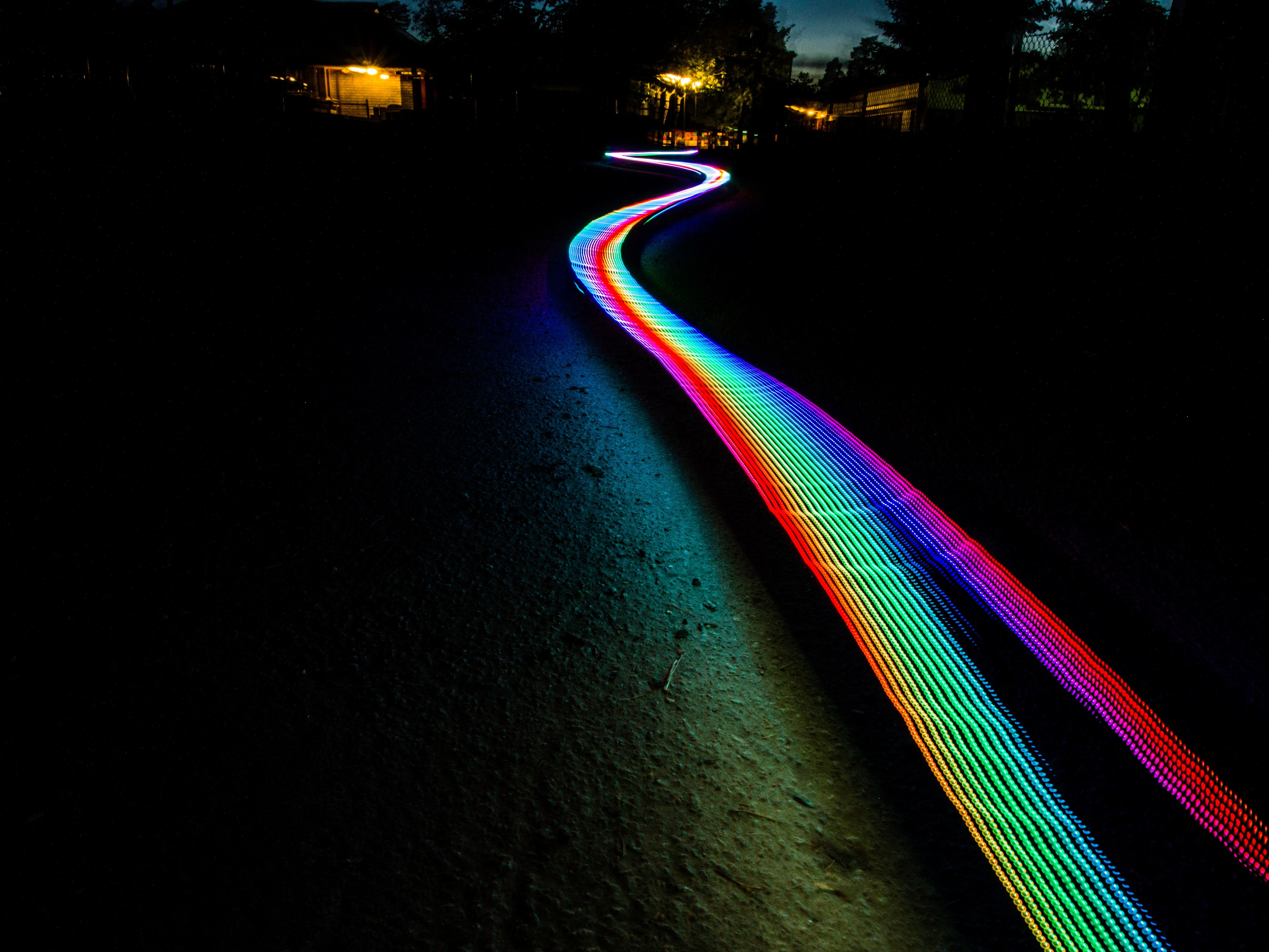New quantum device calls into question our idea of cause and effect
Have you ever been walking along when suddenly you find yourself sprawled out on the ground, then, moments later, you trip over your carelessly untied shoelaces? Ever found yourself celebrating a 90th-minute screamer of a goal just before you step onto the pitch? I know what you’re thinking, “You’re getting the causal order of the events in question the wrong way around here, you’re implying an effect preceding a cause and that’s just nonsense that I’m not going to stand for!”
Firstly, calm down. Secondly, you are completely correct, in our macroscopic world, certain events can cause certain other events, nevertheless, there is a prerequisite. The cause must always come before the effect. Once we delve into the always weird and wacky world of quantum mechanics, however, this turns out to not be necessarily true.
Scientists have recently developed a new quantum device that can muddle up a sequence of two events, let’s call them event A and event B, in such a way that A occurs before B whilst, simultaneously, B occurs before A. The device works by sending a beam of light photons through a series of two operations, for simplicity, let’s again call these A and B. The photons can travel along two distinct paths to A and B. On one path, A occurs before B, and (that’s right you guessed it) on the other, B occurs before A.
The cause must always come before the effect. Once we delve into the always weird and wacky world of quantum mechanics, however, this turns out to not be necessarily true
These operations function by changing the shape, or polarisation, of each light photon and the path each individual photon takes, is determined by said polarisation. If the photon is horizontally polarised (i.e it oscillates from side to side) it experiences operation A first, if it is vertically polarised (up and down) then it experiences B first.
This is where things start to get funky. Due to the quantum mechanical phenomenon known as superposition, wherein which photons can and do exist in a multitude of states and hence polarisations, the light photons can be said to be both vertically and horizontally polarised at the same time. Consequently, the photon can be said to have experienced both A before B and B before A!
Due to the quantum mechanical phenomenon known as superposition, wherein which photons can and do exist in a multitude of states and hence polarisations, the light photons can be said to be both vertically and horizontally polarised at the same time
Fortunately for our purposes, this isn’t merely a perspective-altering discovery, forcing us to call into question our core intuition about the very nature of causality and reality, it has also yielded some nice potential real-world benefits. It is believed this “quantum switch” could be used in quantum communication, placing a single photon of light in a superposition so that information can be sent back and forth between two sources, requiring only one said single light photon.
Regardless, whether or not a discovery turns out to be practically useful to us should not be the main determinant for its success or lack thereof. I would argue that genuinely surprising findings such as this, which remind us to not blindly follow what we believe must be true and always question our preconceived biases, are of far greater importance than those which result in neat new gadgets. One final thing, in accordance with our macroscopic knowledge of cause and effect, make sure you read this article before you like and share it!

Comments